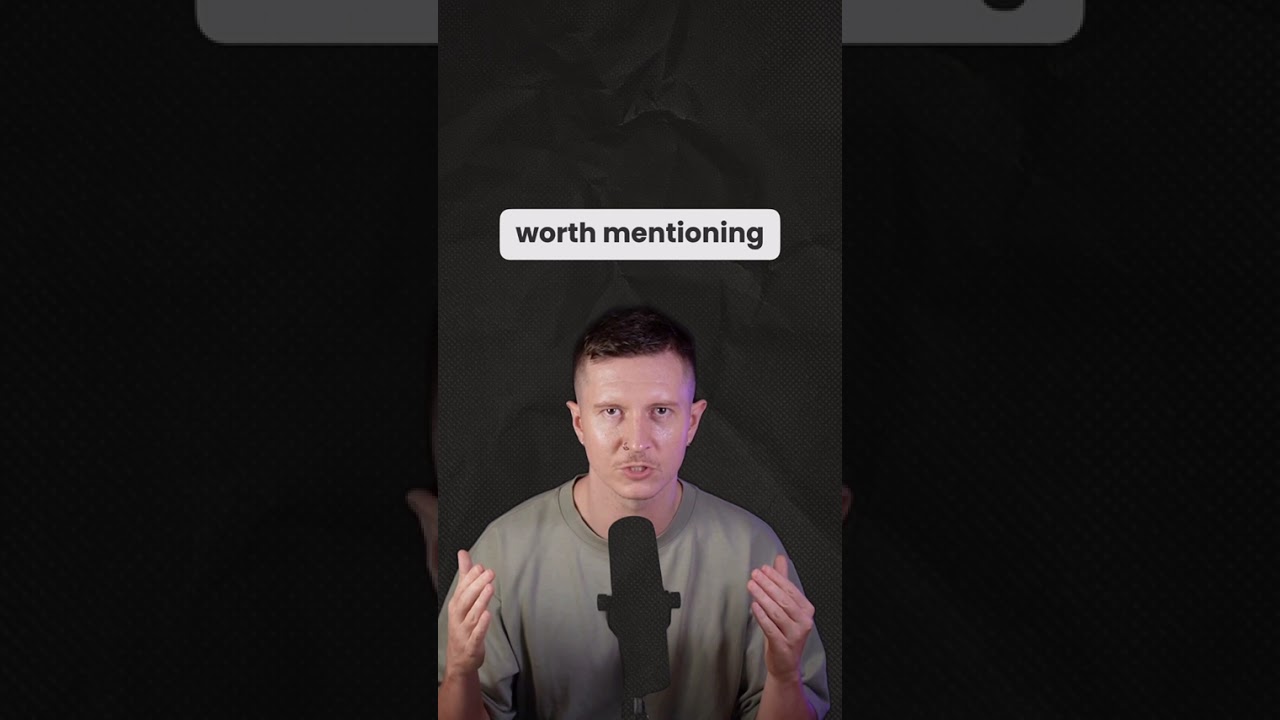The video humorously highlights common clichés and overused phrases in ChatGPT responses, such as “at the end of the day” and “paradigm shift,” which can make AI communication sound repetitive and superficial. It encourages users and developers to avoid these clichés and use clearer, more authentic language to create more engaging and genuine interactions.
The video humorously highlights the most overused and clichéd phrases commonly found in ChatGPT responses. It points out how certain expressions, such as “at the end of the day” and “well, on the other hand,” frequently appear in AI-generated text, making the responses sound repetitive and formulaic. These phrases have become almost automatic in AI communication, reducing the originality and authenticity of the responses.
The speaker emphasizes that many of these clichés are unnecessary and can be distracting or diminish the quality of the conversation. Phrases like “it goes without saying” or “in a nutshell” are often used as filler or to add emphasis, but they tend to clutter the message and make it less engaging. The video suggests that avoiding these overused expressions can lead to clearer, more genuine communication.
Furthermore, the video critiques the tendency of AI to incorporate buzzwords and jargon such as “paradigm shift,” “synergy,” “cutting edge,” and “scaling up.” While these terms might sound impressive, their frequent use can make responses seem superficial or overly technical without adding real value. The speaker encourages more straightforward language to improve clarity and authenticity.
The overall message is a humorous call for more natural and less clichéd language in AI responses. The speaker advises users and developers to be mindful of these common phrases and to strive for more original, concise, and meaningful communication. This approach would help make AI-generated content feel more human and less robotic or repetitive.
In conclusion, the video serves as a lighthearted reminder to avoid falling into the trap of overusing certain phrases that have become synonymous with AI communication. By doing so, responses can become more engaging, authentic, and effective, ultimately improving the user experience and making AI interactions feel more genuine.
